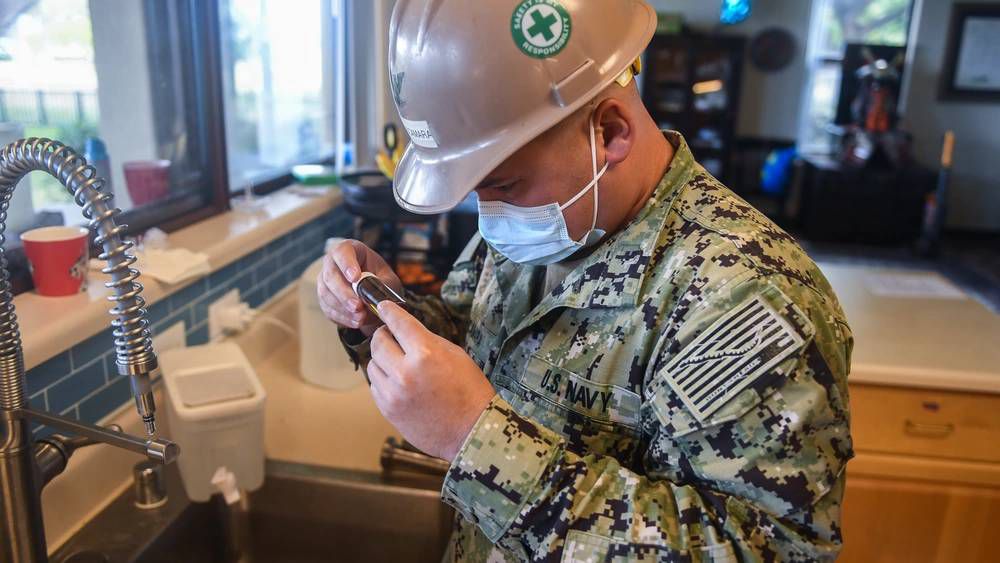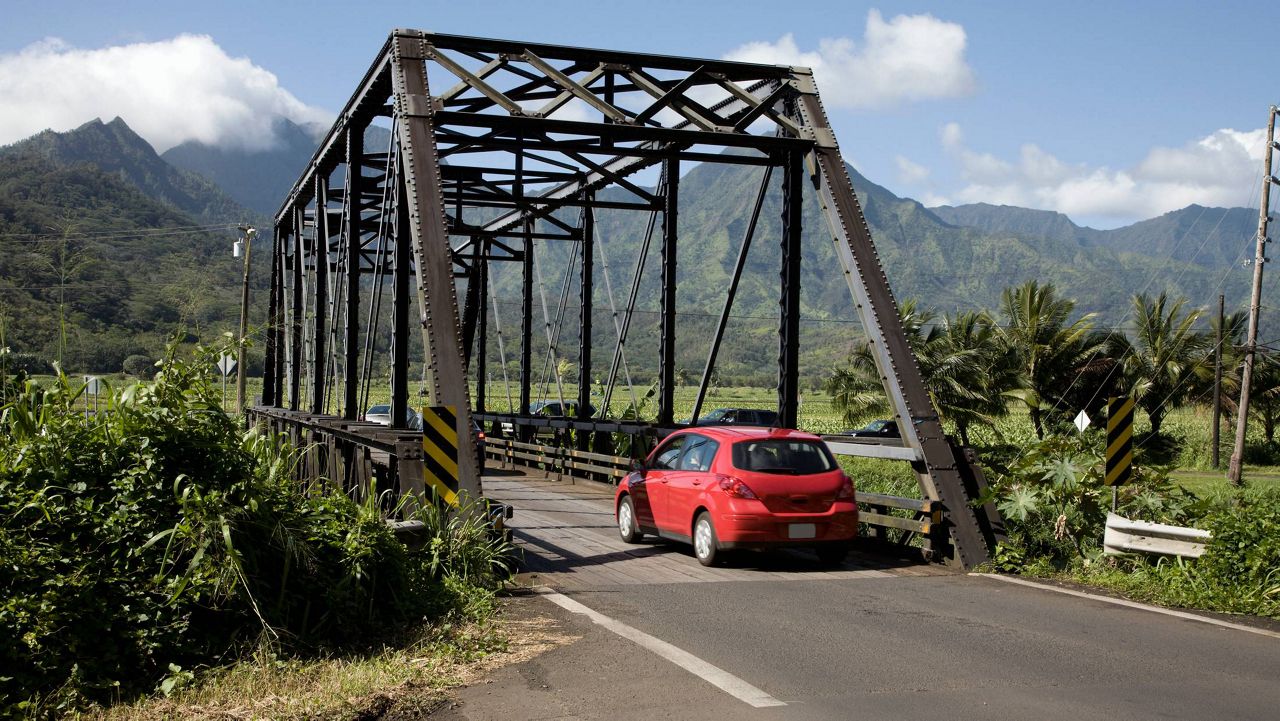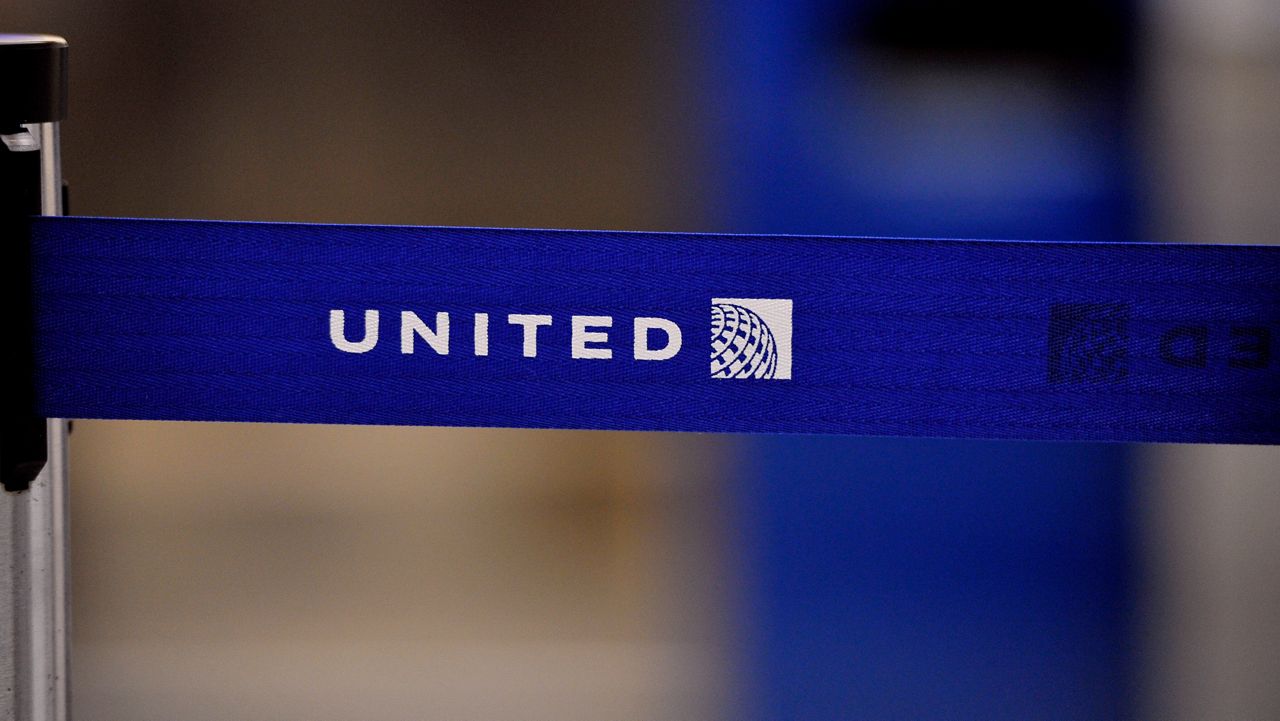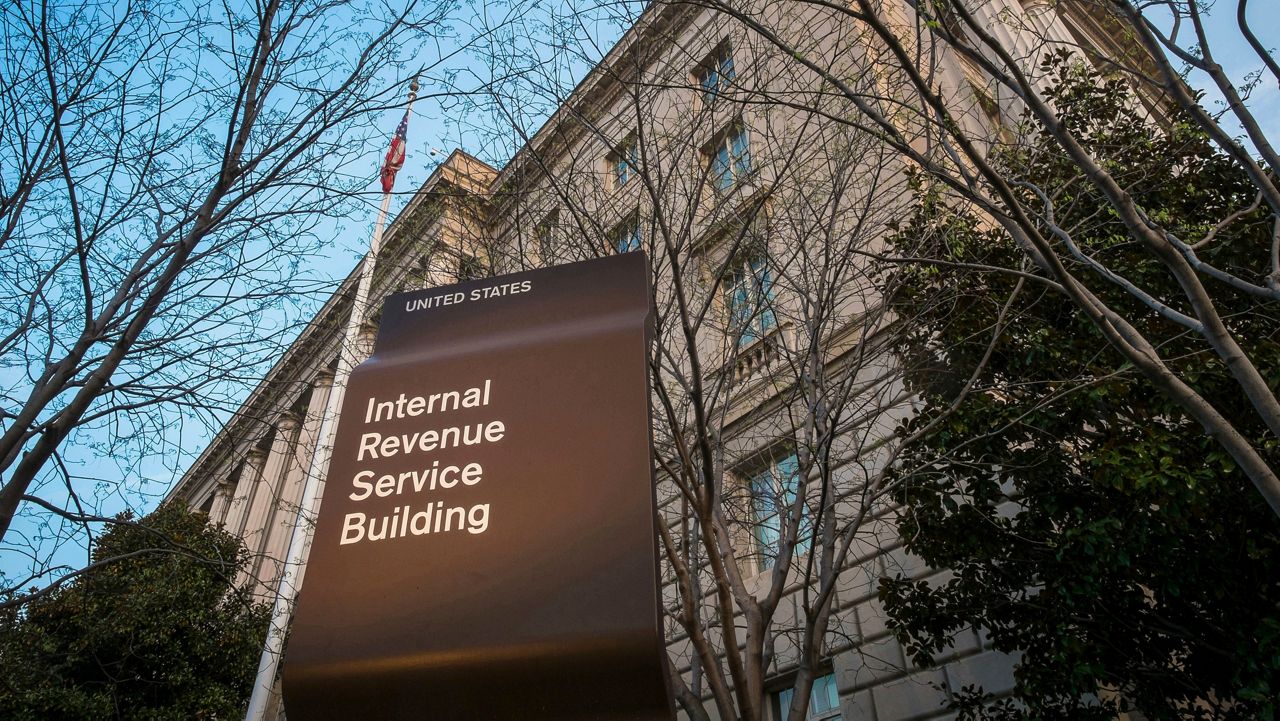HONOLULU — The Navy has announced that new laboratory tests show that the chemical bis(2-chloroethyl)ether, also known as BCEE, was not found in its water systems.
Earlier tests showed the cancer-causing chemical was present in water samples collected between Jan. 6-12 from eight different neighborhoods where the water is being flushed.
New water samples were taken by the Navy from the same locations where BCEE was originally detected and sent to an independent laboratory that did not detect BCEE in any of them. The original samples were also reviewed and this time, no BCEE was detected.
“The same lab, Eurofins Seattle, performed both the initial testing and retesting of the samples,” the Joint Base Pearl Harbor-Hickam spokesperson Sean Kekoa Gano told Spectrum News Hawaii on Tuesday.
BCEE is used in pesticides, cleaners, rust inhibitors, paints and varnishes. The chemical has been shown to be carcinogenic in animal studies, increasing liver tumors in mice, according to the EPA. BCEE is classified by the EPA as a probable human carcinogen.
The Navy is currently working with the Interagency Drinking Water System Team, which includes the Hawaii Department of Health, U.S. Environmental Protection Agency and Army, to flush the water in 19 different neighborhoods to clean the water after it was contaminated with jet fuel that came from the Navy’s Red Hill Storage Facility. The process first flushes the water distribution system, followed by a flushing of individual homes and businesses.
The IDWST agreed that the initial BCEE results were a false positive.








